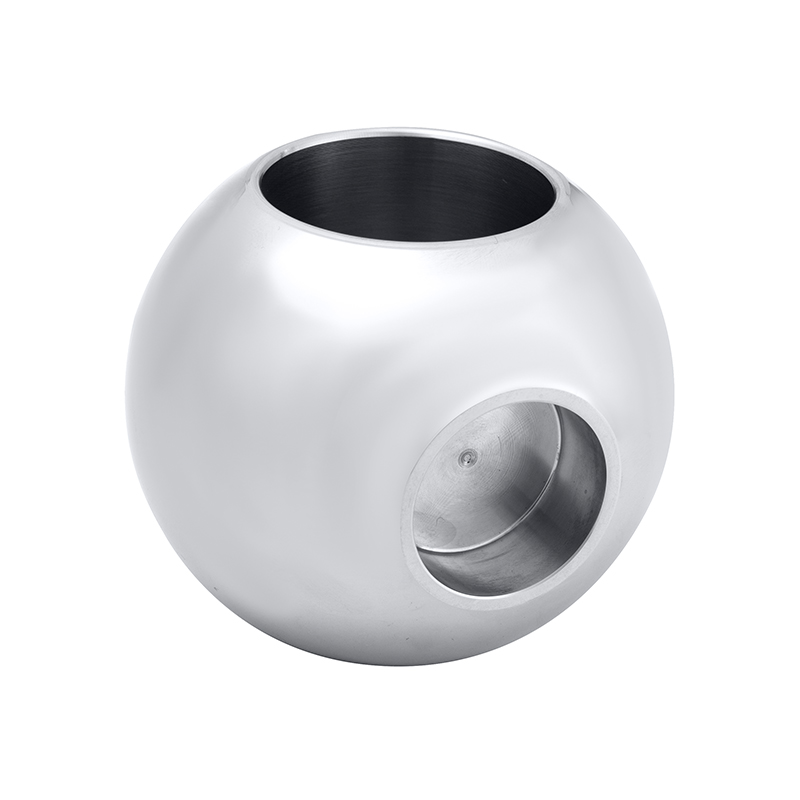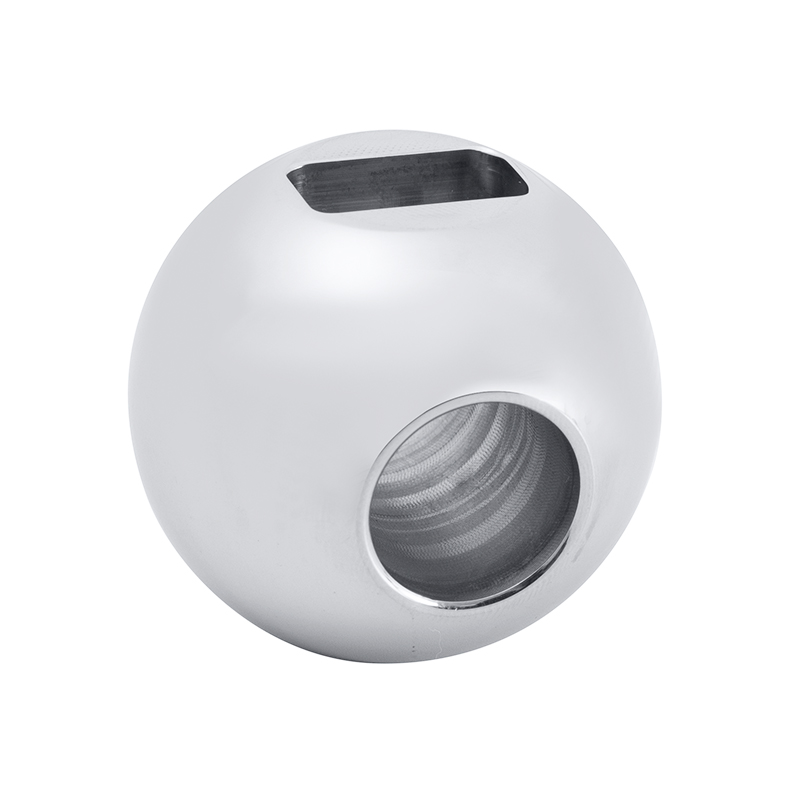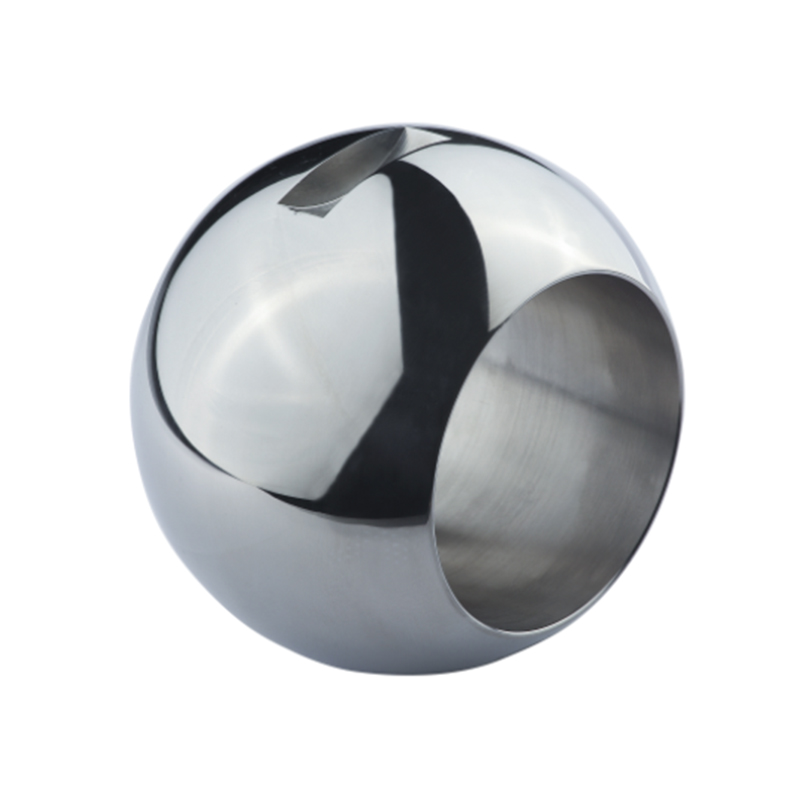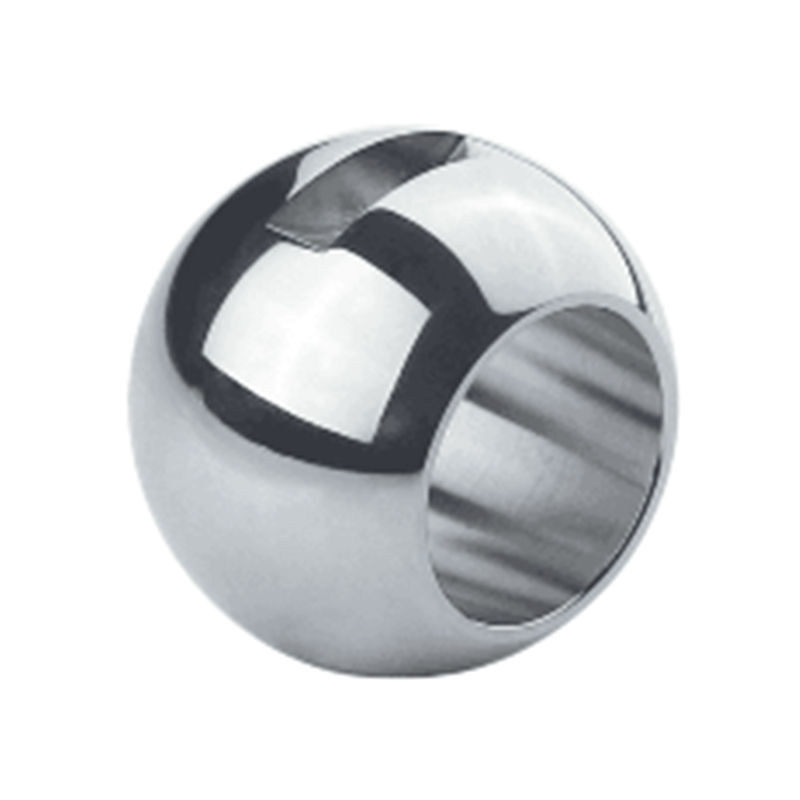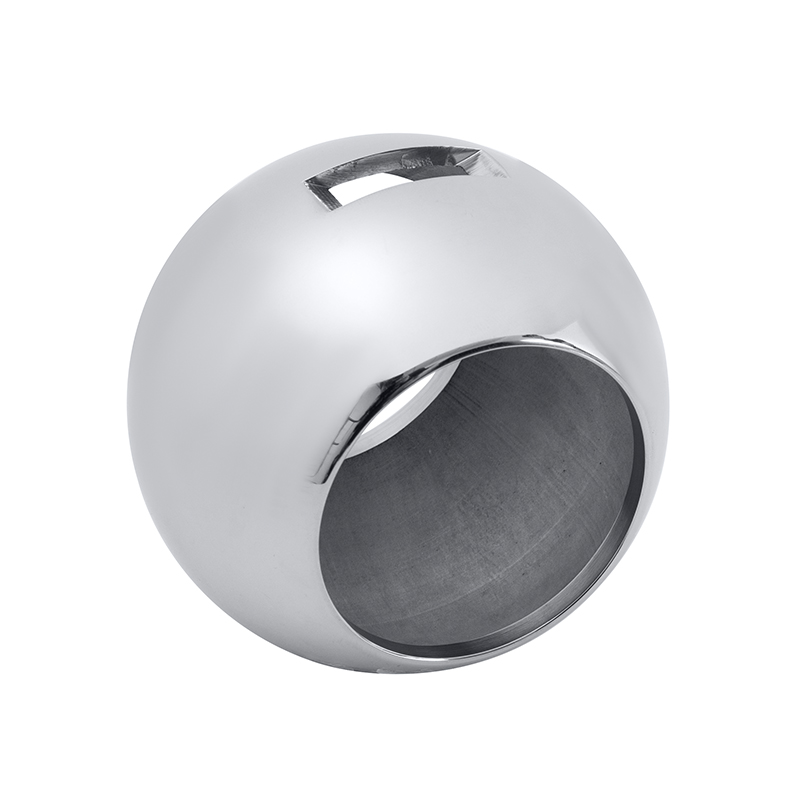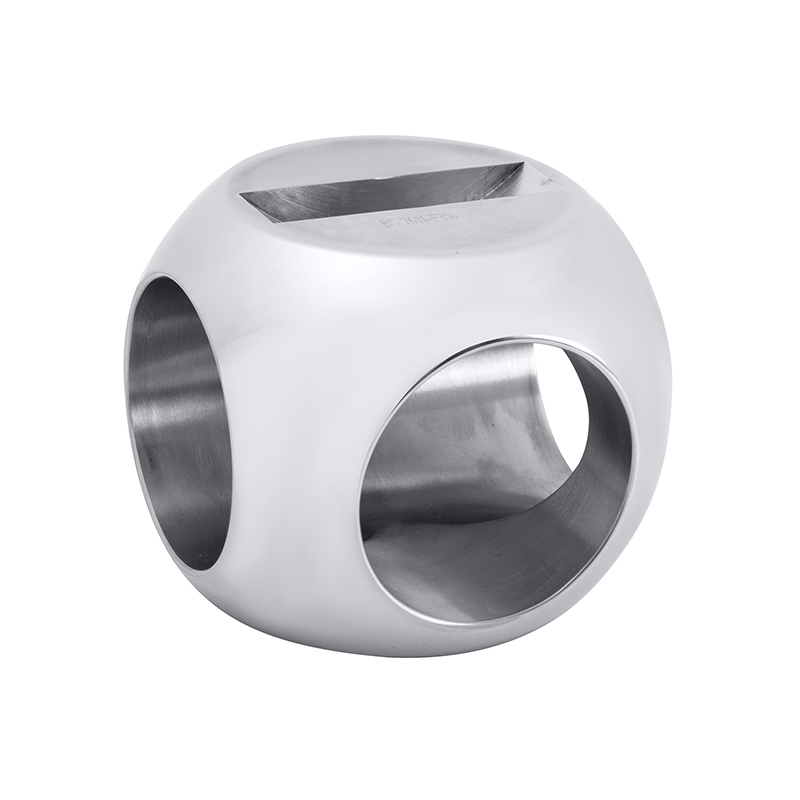Valve ball assemblies are critical components in many industrial fluid control systems. Proper leak testing of these assemblies is essential to guarantee their performance, safety, and longevity. This article explores the leak testing protocols applied specifically to heavy duty ball float valves, 3 way union valves, and reducing ball valves, highlighting key considerations and methodologies for ensuring integrity under operating conditions.
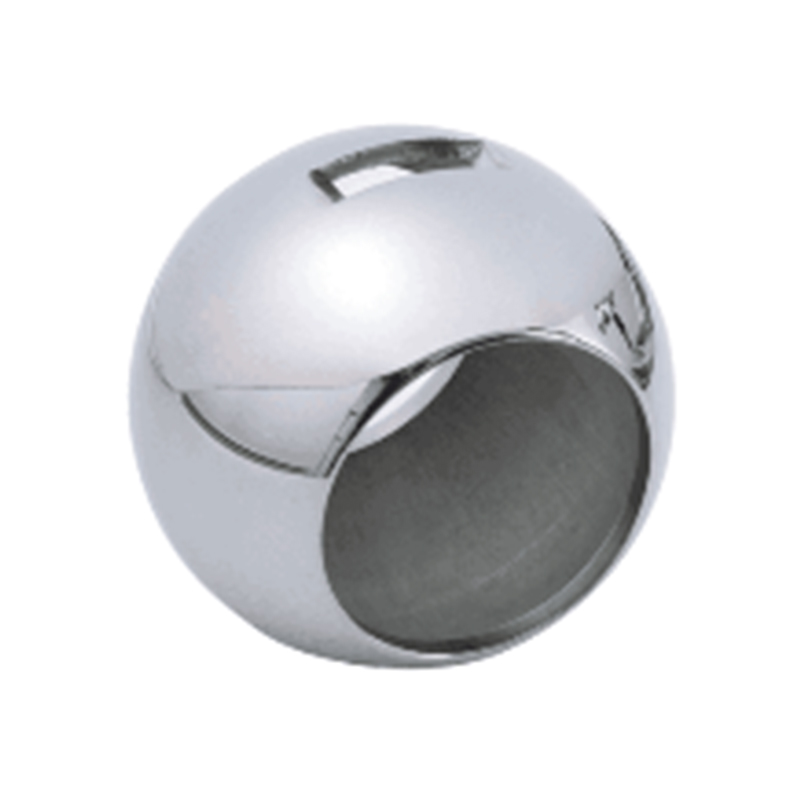
Understanding Valve Ball Assemblies and Their Applications
Valve ball assemblies use a spherical ball with a bore that rotates to control fluid flow. Their design allows for quick shutoff, durability, and versatility across multiple applications.
Heavy Duty Ball Float Valve: Often used in liquid level control, this valve features a robust ball float that regulates fluid inflow or outflow by responding to fluid level changes. It typically demands high strength and tight sealing to avoid leaks that could advance to process disruptions or safety hazards.
3 Way Union Valve: This valve has three ports that can be configured to divert or mix flow streams. Its union design allows for easy assembly and disassembly, which is valuable in maintenance and system reconfiguration. Leak testing ensures that the valve’s internal pathways remain isolated or connected as required without unintended leaks.
Reducing Ball Valve: Designed to reduce the flow rate or pressure, this valve features a smaller bore compared to the pipeline, controlling flow precisely. Leak testing is crucial for this valve to maintain system pressure and avoid losses that can compromise process control.
Importance of Leak Testing in Valve Ball Assemblies
Leakage in valve ball assemblies can cause:
Loss of process fluids, increasing operational costs
Environmental contamination occurs if hazardous fluids escape
System pressure drops, affecting process efficiency
Safety risks due to uncontrolled fluid release
Given these risks, reliable leak testing protocols are necessary to identify defects such as seal failure, material porosity, improper assembly, or surface imperfections.
Common Leak Testing Methods for Valve Ball Assemblies
1. Hydrostatic Testing
Hydrostatic testing involves pressurizing the valve with a liquid (usually water) at a predetermined pressure to verify the integrity of the valve ball assembly under stress. This method is effective for detecting leaks that may occur due to seal defects or assembly faults.
Procedure: The valve is closed, and pressure is applied to one or more ports. The assembly is monitored for pressure drops or visible leaks.
Considerations: For heavy duty ball float valves, the test must simulate operational fluid levels and pressures to ensure the float mechanism does not leak or stick.
2. Pneumatic Testing
Pneumatic leak testing uses compressed air or inert gas to detect leaks, often combined with a soapy solution or electronic sensors to locate escaping air.
Procedure: The valve is sealed and pressurized with gas. A soap solution is applied externally to detect bubbles indicating leaks, or ultrasonic detectors are used for more precise measurement.
Application: Pneumatic testing is suitable for 3 way union valves, especially during assembly and maintenance phases where rapid testing is needed without fluid contamination.
3. Helium Mass Spectrometry
This advanced method detects minute leaks by filling the valve cavity with helium and using a mass spectrometer to detect helium escaping from the assembly.
Application: Often used for critical reducing ball valves in systems where even very small leaks can be detrimental.
Benefit: It provides highly sensitive detection without causing damage to the valve or its components.
Specific Protocols for Different Valve Types
Heavy Duty Ball Float Valve
Conduct hydrostatic tests at pressures reflecting operational loads.
Verify float ball mobility and seal effectiveness under various liquid densities.
Inspect seals visually after testing for signs of material degradation.
3 Way Union Valve
Pneumatic testing is preferred due to ease of access and assembly.
Test all ports separately and in combination to ensure correct flow paths.
Confirm union joints are leak-tight and can withstand disassembly and reassembly cycles without leakage.
Reducing Ball Valve
Use helium mass spectrometry for high-sensitivity leak detection.
Perform hydrostatic testing to verify pressure integrity.
Inspect the bore and ball interface carefully, as mismatched sizing can cause leakage.
Ideal Practices for Leak Testing Valve Ball Assemblies
Pre-Test Inspection: Ensure valves are clean, free of debris, and correctly assembled before testing.
Environmental Controls: Conduct tests in temperature-controlled environments to prevent material expansion or contraction from affecting results.
Documentation: Record test pressures, durations, and results meticulously for traceability and quality control.
Regular Maintenance: Leak testing should be part of routine maintenance schedules, especially for valves used in critical applications.
Material Compatibility: Select test media compatible with valve materials to avoid corrosion or swelling that could mask defects.
Effective leak testing protocols are essential to maintain the reliability of valve ball assemblies, particularly in heavy-duty ball float valves, 3 way union valves, and reducing ball valves. By applying appropriate testing methods such as hydrostatic, pneumatic, and helium mass spectrometry, manufacturers and users can detect leaks early, ensuring operational safety and efficiency. Regular and thorough leak testing safeguards the performance of these valves and supports the integrity of fluid control systems across industries.

 English
English Español
Español Deutsch
Deutsch
